How are interpretations of literature changing in a digital age? Using James Joyce’s Ulysses as its tutor text, this student-curated exhibit (built for the web and the University of Victoria’s Maltwood Gallery, with support from the MLab and the Modernist Versions Project) engages that very question, with an emphasis on time, place, computation, and speculation. The exhibit brings traditional physical materials from the University’s Special Collections and the University of Victoria Art Collections together with 3D replications and digital projects. Guided by the question of self-remediation—or how we see ourselves as others see us—the exhibit places Ulysses in its contemporary context and engages its long, often unanticipated, afterlife. Audiences are invited to interact with many of the curated materials.
Exhibit Design
The Long Now of Ulysses is organized into seventeen panels covering the eighteen episodes that make up Ulysses, together with snapshots of student projects devoted to the novel’s various afterlives. The excerpts were chosen by applying an algorithm to the first edition of Ulysses as follows: given that the novel is set on June 16 and was published in 1922, we have taken 6, 16, and 22 as significant numbers. Starting with the first page of each episode, we counted six pages in and sixteen lines down from the top of the page and then excerpted twenty-two lines of text. This generative constraint forced students to branch out from the text into both its immediate contexts and the “long now” of modernity.
Why Ulysses?
Joyce’s Ulysses is one of the most influential novels of all time. When it was first published on 2 February 1922, Joyce’s 40th birthday, it heralded a radically new understanding of aesthetics. Ulysses is a virtual compendium of the 20th (and now 21st) century’s most pressing concerns. Equally, it is a deeply moving account of a married couple still struggling to connect eleven years after the infant death of their only son, coping with infidelity, routine, and complacency. The novel transforms everyday aspects of life into a modern epic and grants dignity to the sordid. Stretching otherwise short and routine nows into intricate moments that endure, it deepens time to help us see ourselves as others see us.
What Is the Long Now?
Emerging from work by Brian Eno (among others), the notion of the long now situates cultural products in contexts that are at once broad and deep. The long now of a novel such as Ulysses pertains not only to how the novel is steeped in culture but also how it persists over time. By extension, it forces us into speculative modes, letting us treat Ulysses as a launching pad for conjecture, digging into the particulars of history while carving spaces for creative interpretation in the future. If, in our digital economy, attention is constantly pushed and pulled in multiple directions, then an investment in both speculation and persistence seems all the more pressing. A foot in the long now sparks precisely that investment.
Ulysses after the Internet
In this exhibit, various projects devoted to Ulysses’ unanticipated afterlives accompany the seventeen panels dedicated to excerpts of the novel. Largely digital in their composition, the projects take up Ulysses and its contexts in ways Joyce himself could not have foreseen: artistic appropriations, data visualisations, remediations, interactives, encodings, social networks, and so on. When interpreted as a collection of digital/material convergences, these projects give us a sense of how literature can and is being interpreted after the Internet, with curious consequences for interpretation, expression, and circulation.
Research Leads, Contributors, Support, and Partnerships
The research leads for The Long Now of Ulysses were Stephen Ross and Jentery Sayers. With support from the MLab, the Modernist Versions Project, University of Victoria Library, and University of Victoria Art Collections, graduate students from Stephen Ross’s English 560 seminar on the modernist novel and Jentery Sayers’s English 507 seminar on digital literary studies developed the exhibit, produced and selected content, and articulated rationales for their work. Ross and Sayers provided guidance in methodologies, assigned relevant readings, facilitated workshops, handled logistics, and offered routine feedback on work in progress. MA and PhD students at the University of Victoria did a bulk of the work required to make the exhibit happen.
Project Status
This project was completed in August 2013. On Tuesday, May 21, 2013, The Long Now of Ulysses launched online and at the Maltwood Gallery (in McPherson Library). Development of the exhibit began during the Fall 2012 term at the University of Victoria, with concentrated development occurring during Spring 2013. While the exhibit’s digital materials will persist online, the exhibit’s Maltwood component ran from 21 May 2013 until 12 August 2013.
Digital Components of the Exhibit
Below are snapshots of each digital component of The Long Now of Ulysses. To learn more about these projects, follow the URLs provided or click the images.
HyperLit | Nina Belojevic and Jon Johnson

HyperLit prototypes a social reading environment that encourages deep attention to literature while also drawing critical attention to structures and habits generated in gamified, digital economies. In the environment, Joyce becomes a “bot,” which satirizes incentive- and attention-driven culture. [Nina’s website for HyperLit] [Jon’s website for HyperLit]
The Longer Now of Ulysses: Digital Life after Analogue Death | David Carlton
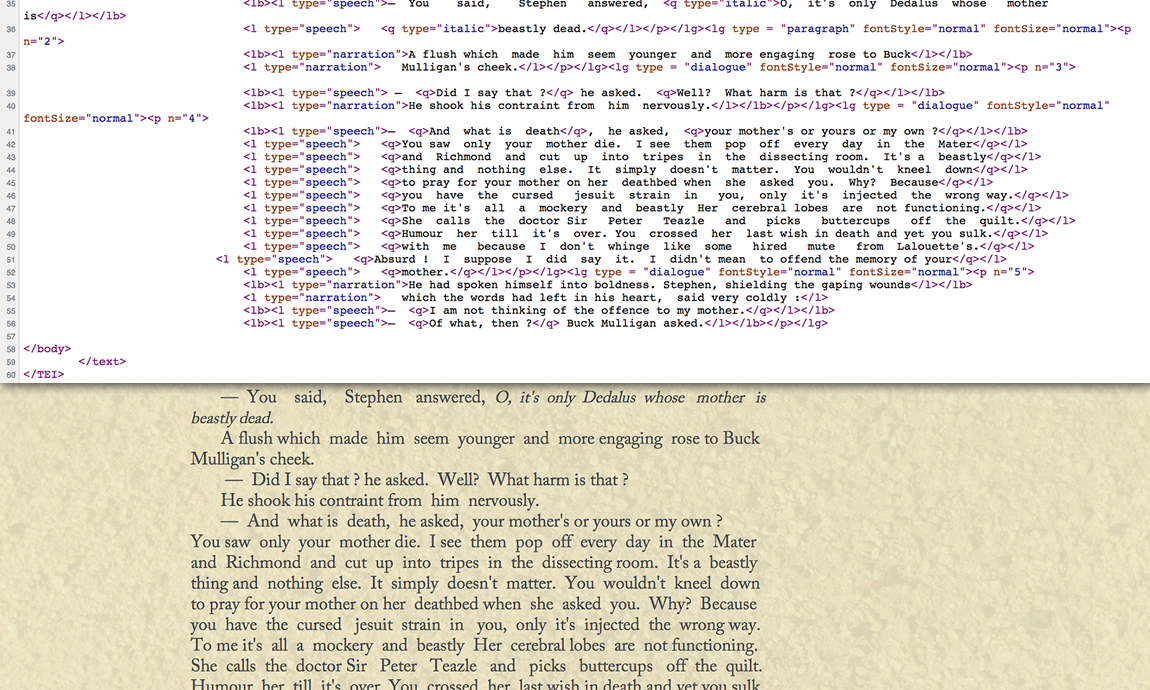
A project about preservation, access, and interoperability, the “Longer Now” is, at its core, an online edition of the Ulysses excerpts on display in this exhibit. The excerpts were encoded in XML and expressed in a web-readable format using CSS. [website]
Dislocating Ulysses | Alex Christie and Katie Tanigawa
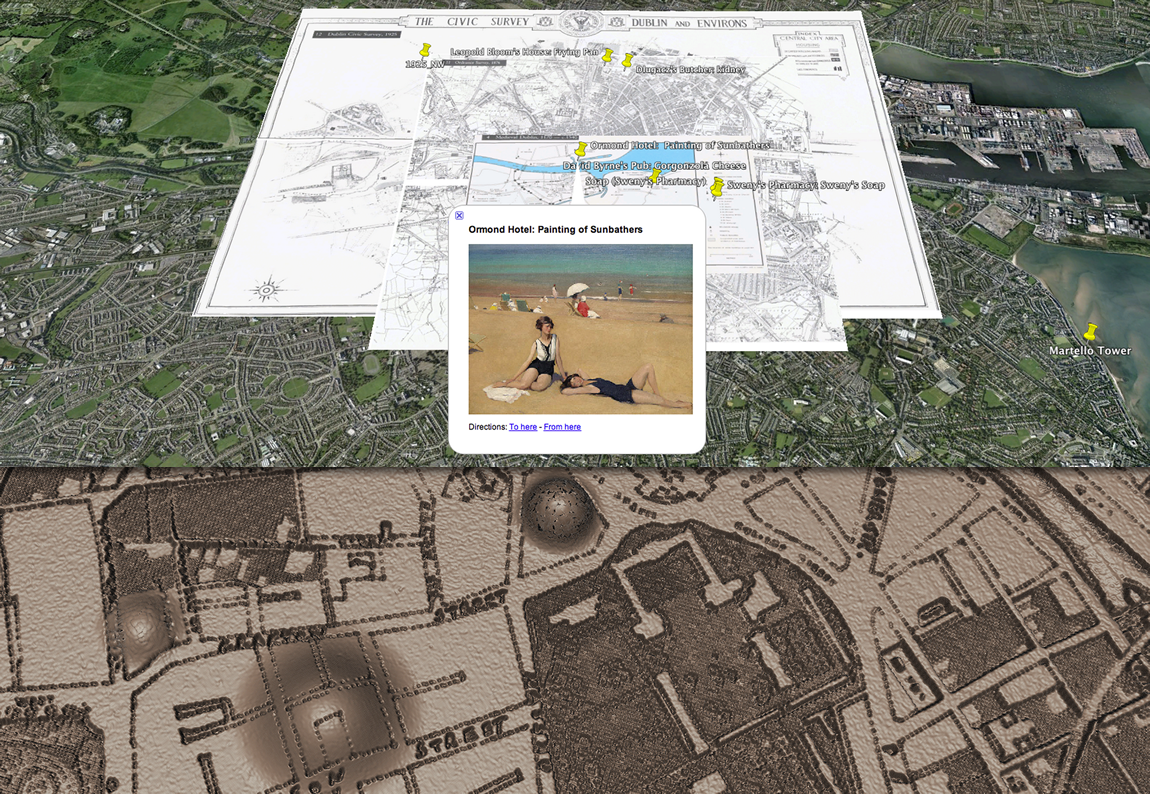
This project dislocates content from Ulysses in both time and space by digitising archival material in multiple forms. The first part of the project uses archival maps of Dublin (layered in Google Earth) to locate objects from the exhibit within the context of both the novel and historical Dublin. The second aspect of the project uses word counts of Ulysses to map the geospecifities of reading it onto a tactile, 3D map of Dublin (1925). [website]
Making It New Again: Crowdsourced Readings of Ulysses | Laura Dosky
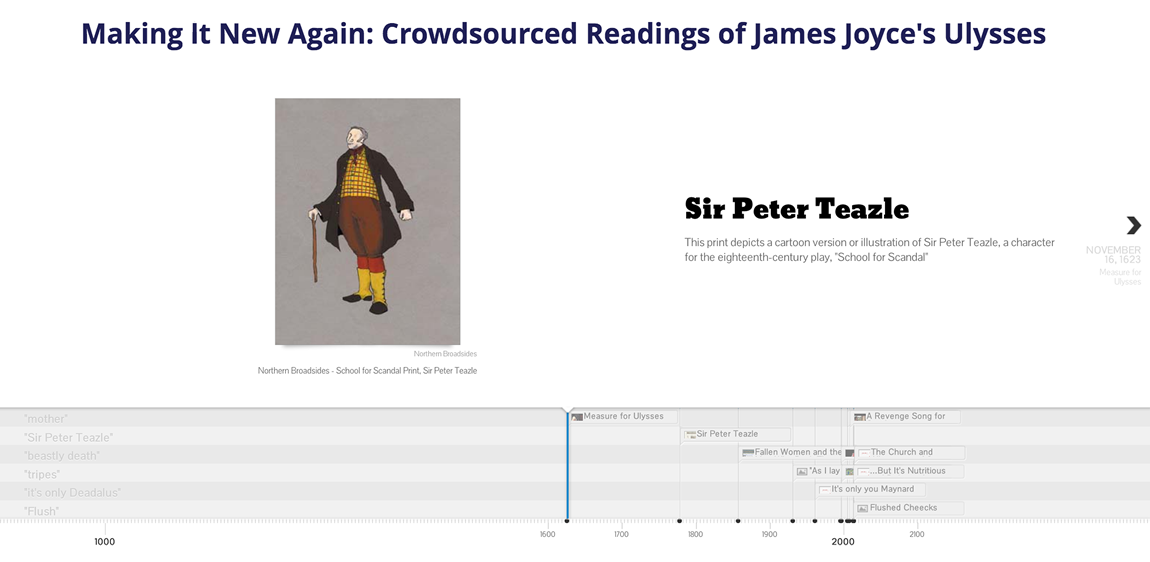
This project crowdsourced close readings of algorithmically-selected excerpts of Ulysses. It expands the intertextual possibilities of the novel and arrives at ways of contextualising it by both supplementing the historical context of the novel and departing from it. Contributors were invited to draw connections between the excerpts and their everyday lives using the media of their choice to inspire and accent their interpretations. [website]
How This Became That: The Long Now of Ulysses Exhibit Guide and Process Manual | Telka Duxbury

This exhibit guide and process manual document the methodological frameworks used to prototype, test, implement, and publish each exhibit component developed by graduate students from English 507: Digital Literary Studies at the University of Victoria. [website]
Bloom Vision | Arthur Hain

“Flat I see, then think distance, near, far, flat I see, east, back. Ah, see now: Falls back suddenly, frozen in stereoscope. Click does the trick.” (from the “Proteus” episode of Ulysses) [website]
ulyssesAfterlives | Amanda Hansen
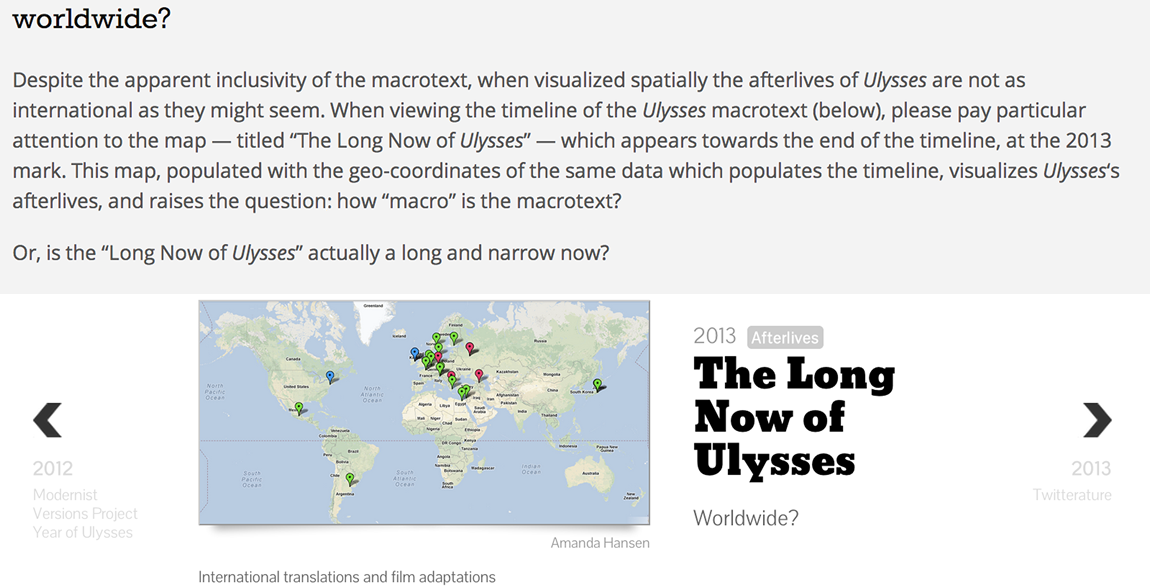
ulyssesAfterlives seeks to visualise the Ulysses macrotext—that is, Ulysses and its translations and adaptations—over time by presenting the various versions of the text on both a timeline and a geographical map. By mapping the afterlives of Ulysses over time, this project analyses the novel’s spatial and temporal reach. [website]
Browsing Ulysses | Mikka Jacobsen

This project maps web-based reading practices onto the codex, with cut-out words acting as links and the strikethrough representing everything ignored by “bouncing.” The remaining text tells a story of what Ulysses becomes when read as a collection of webpages. [website]
Networked Ulysses | Tim Personn
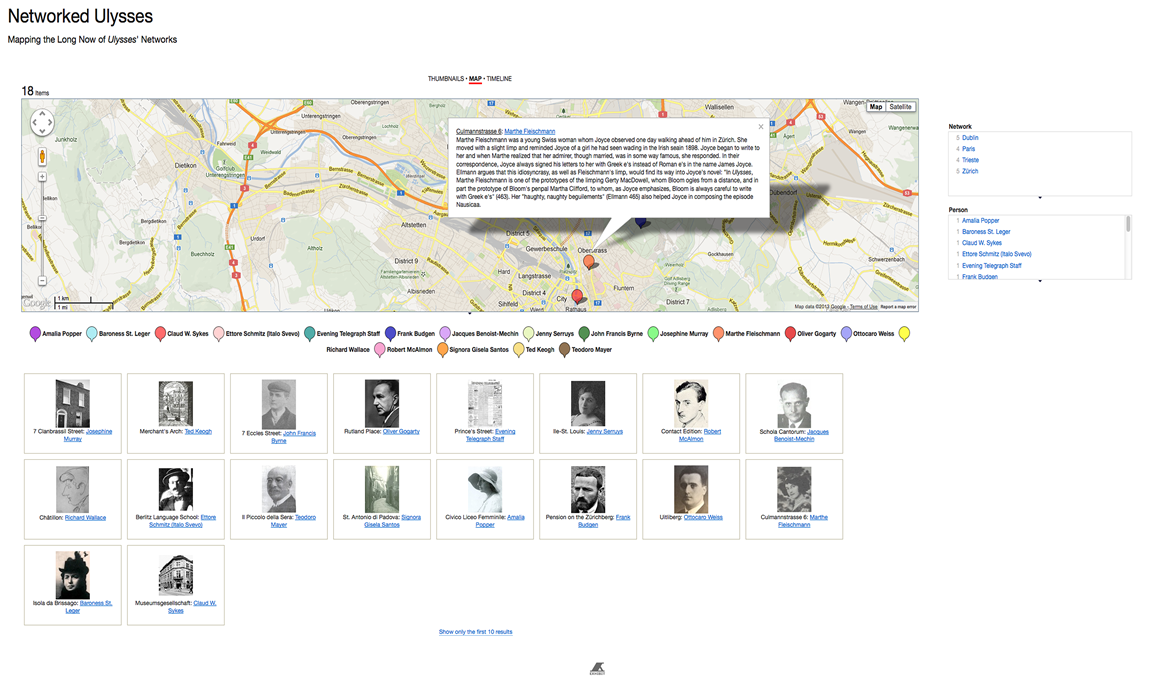
Based on the assumption that it takes a network of collaborators to write a novel, Networked Ulysses explores Joyce’s connection to his contemporary social world. The project is zoned into four different networks, with the first three each corresponding to one of the three places of composition indicated by Joyce’s final entry in the novel: “Trieste – Zürich – Paris. 1914-1922.” A fourth network maps a network of contributors in Joyce’s hometown Dublin. [website]
Demisemiquavers: The Long Notes of Ulysses | Zaqir Virani
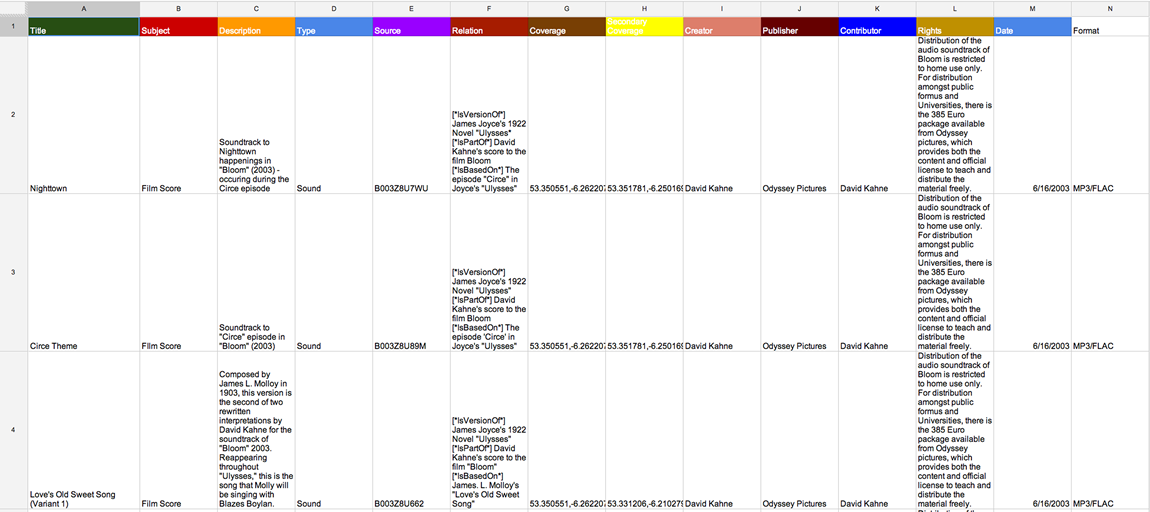
Demisemiquavers is an audio repository for this exhibit. The 51 audio files contextualise the novel and the exhibit with sound, and have been attributed with extensive geospatial and descriptive metadata (using the Dublin Core ontology). [website]
Post by Jentery Sayers, attached to the LongNowOfUly project, with the projects, versioning, and exhibits tags. Featured image for this post from the Gisèle Freund Collection, University of Victoria Special Collections, McPherson Library. (This post was updated on 16 October 2016.)

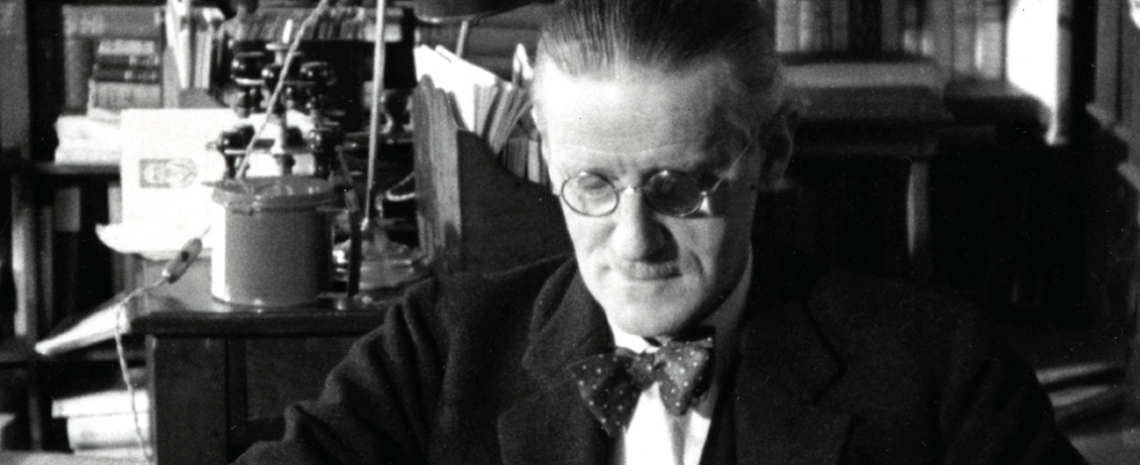
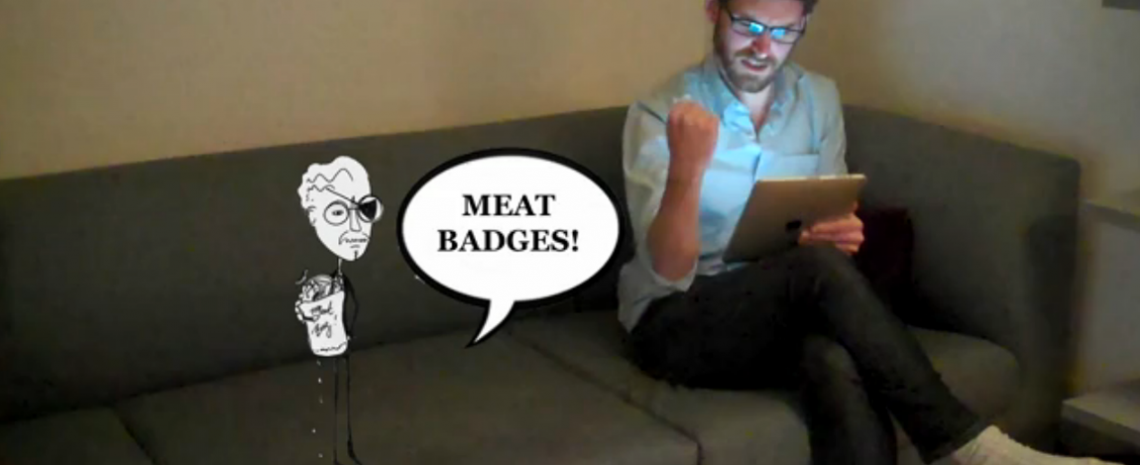
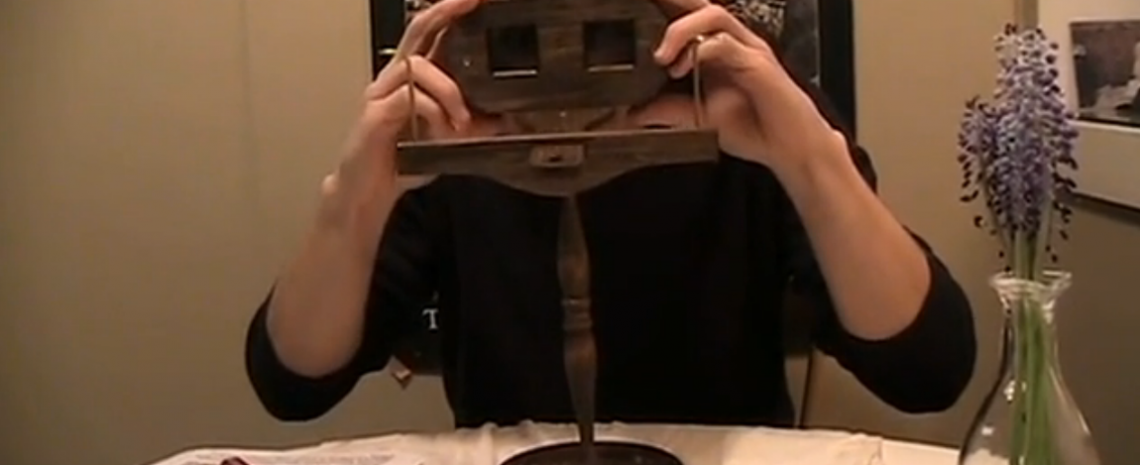
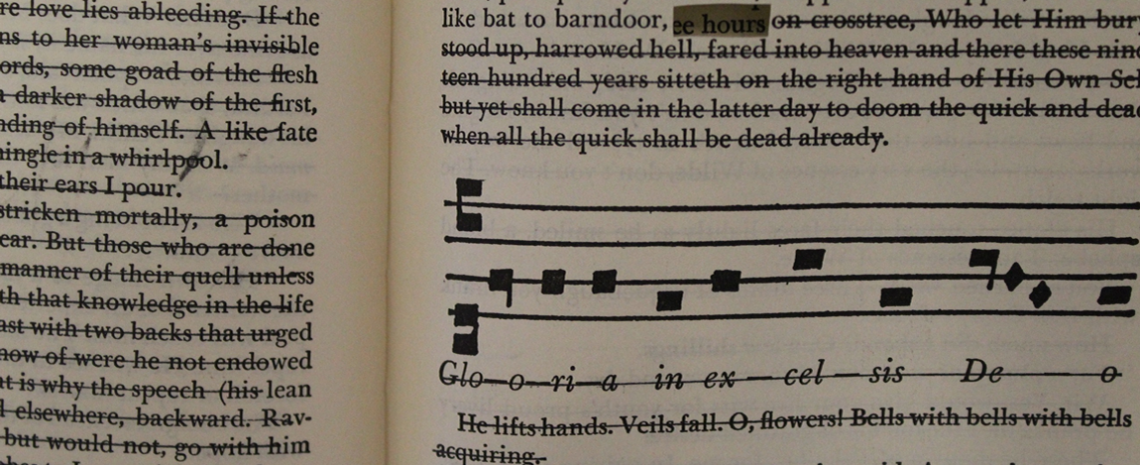
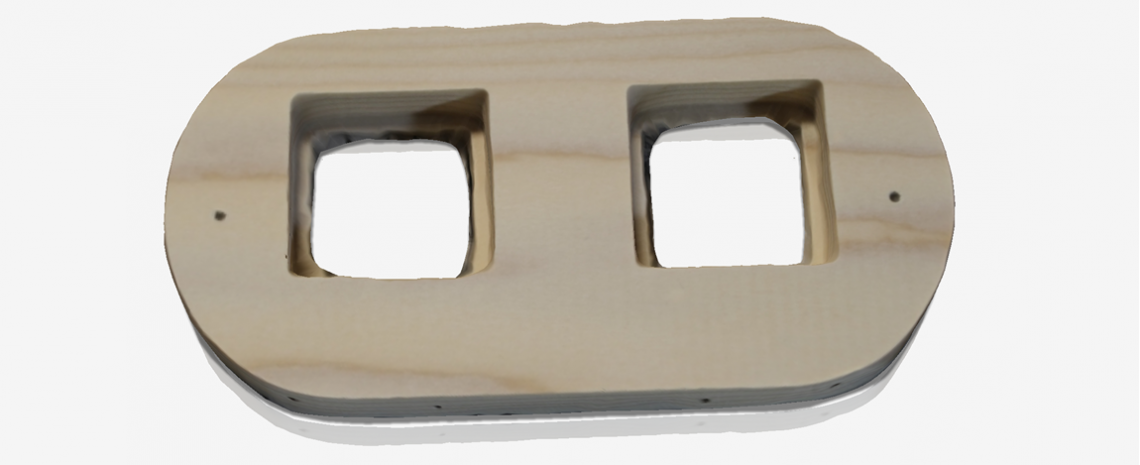
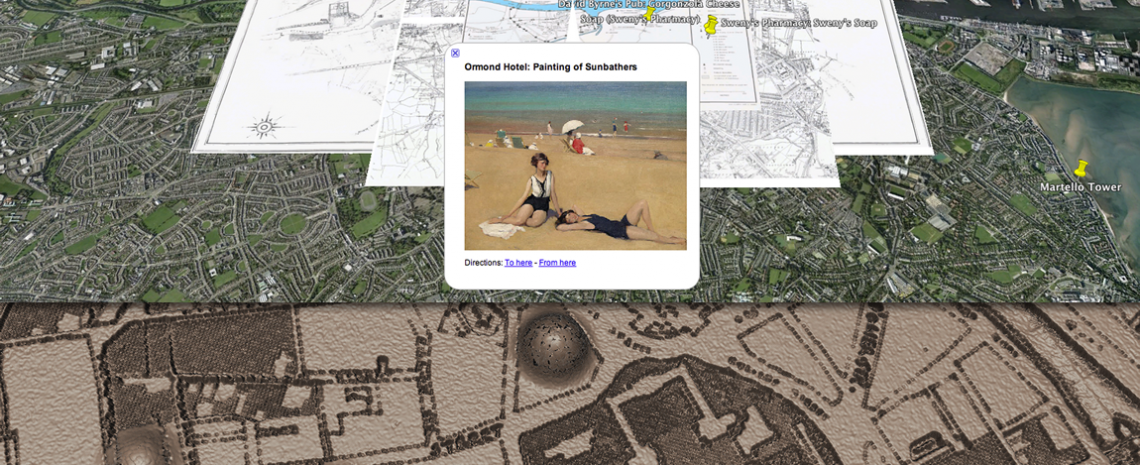
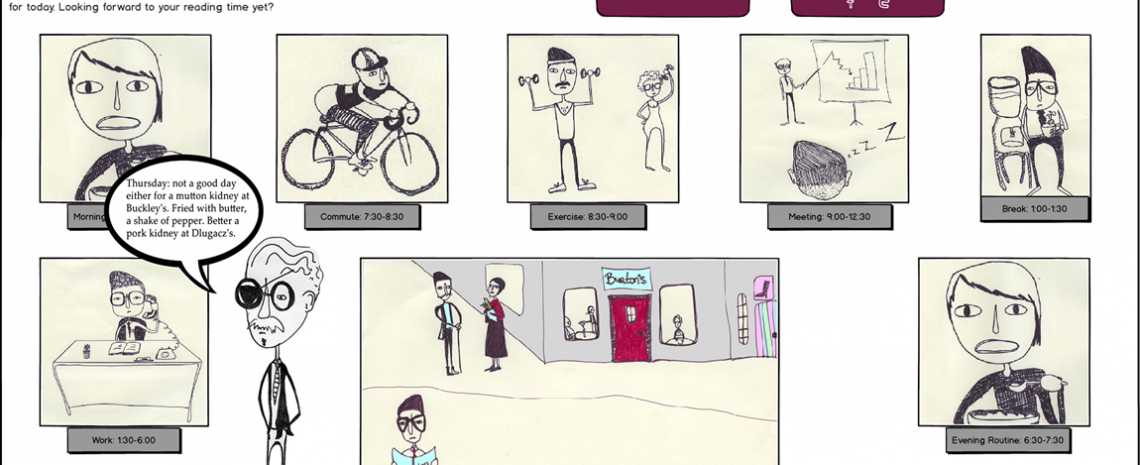
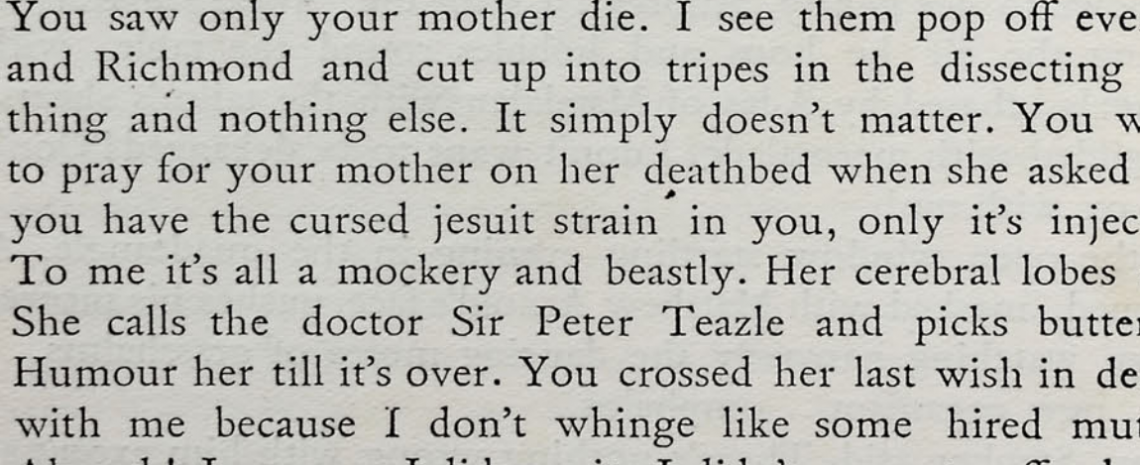
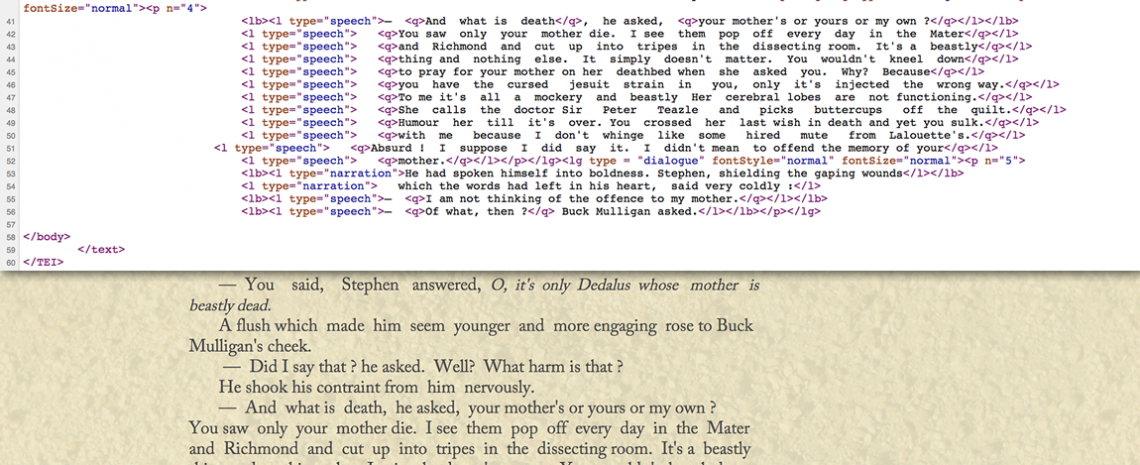
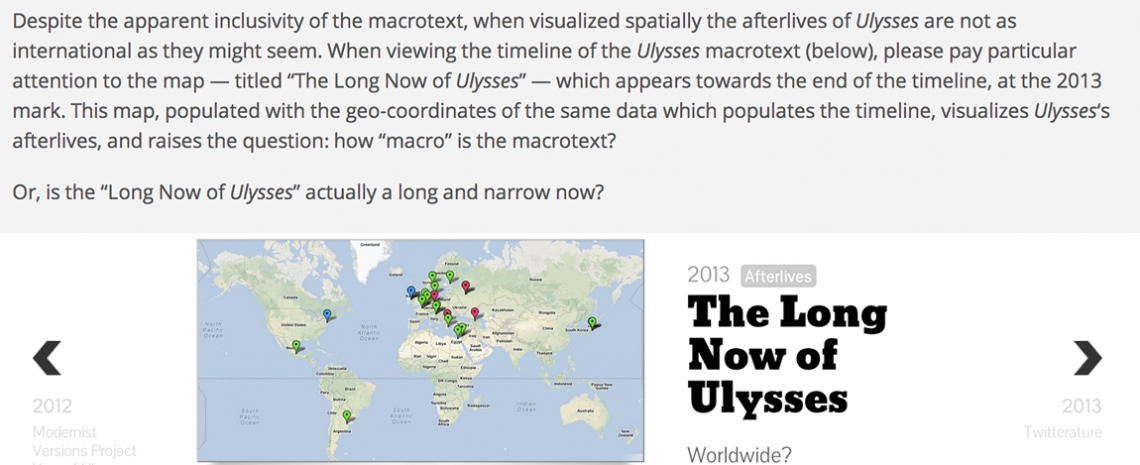
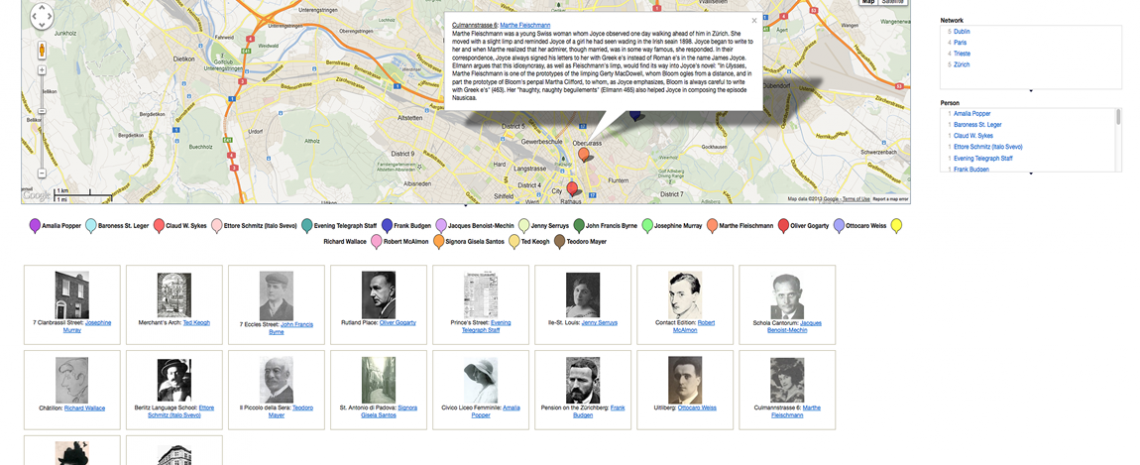
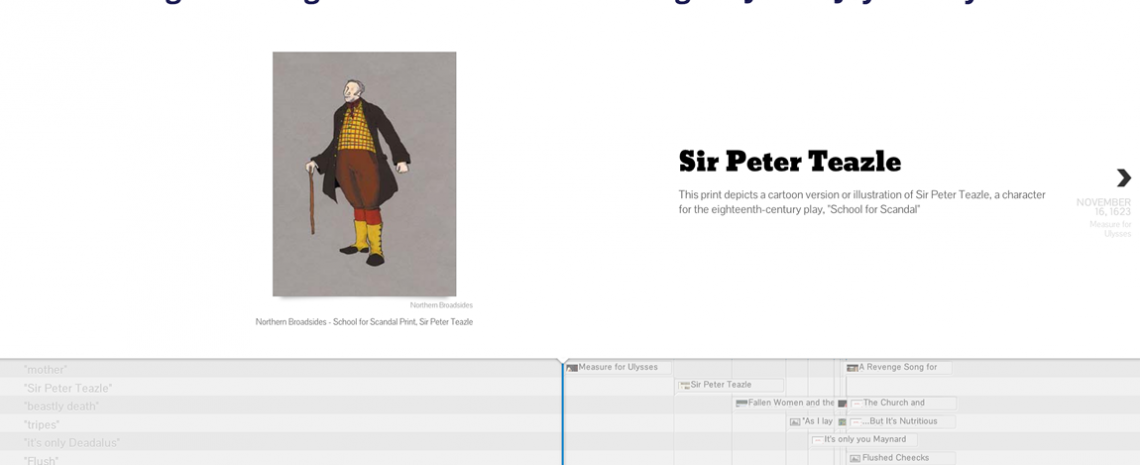
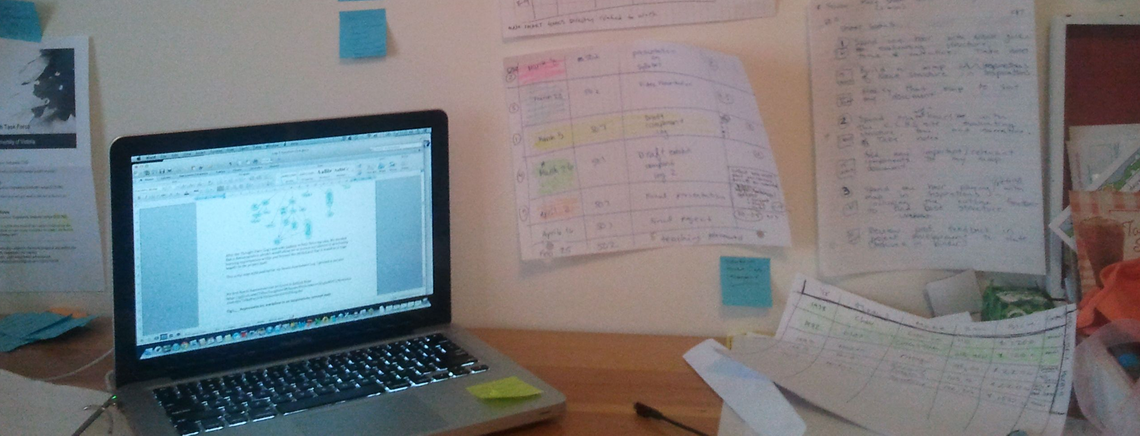
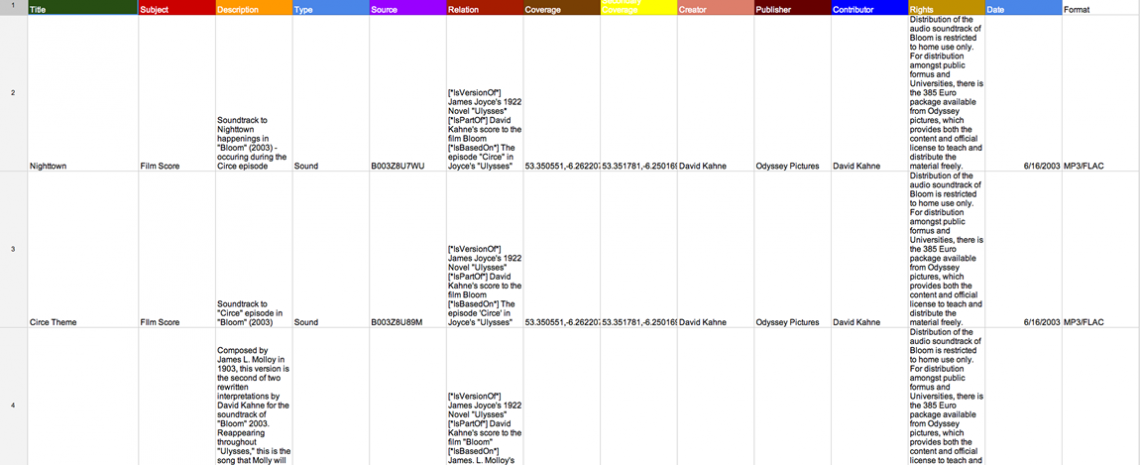
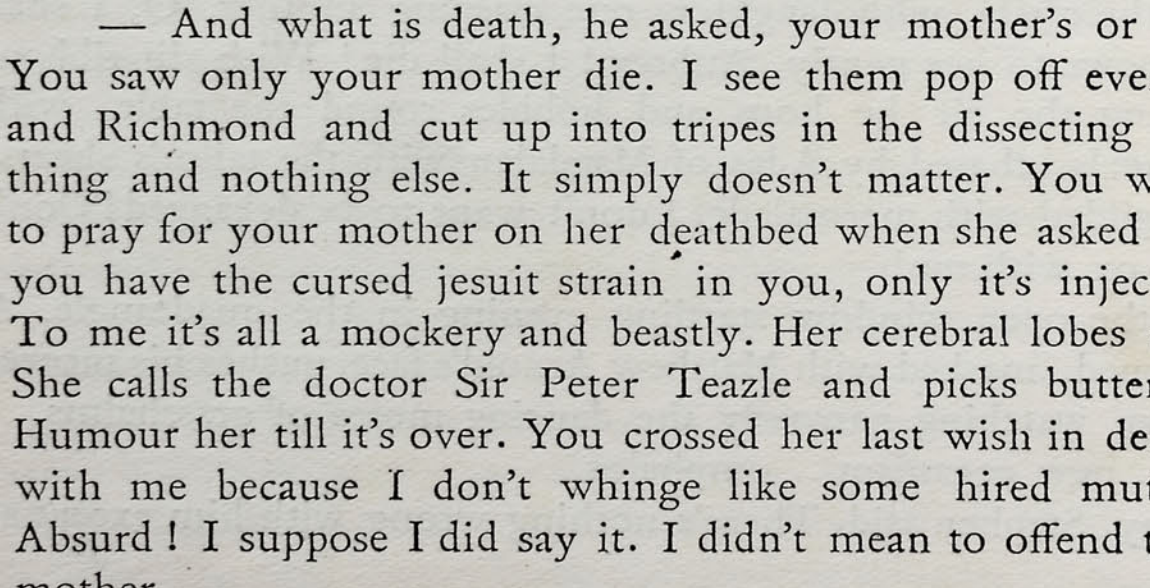
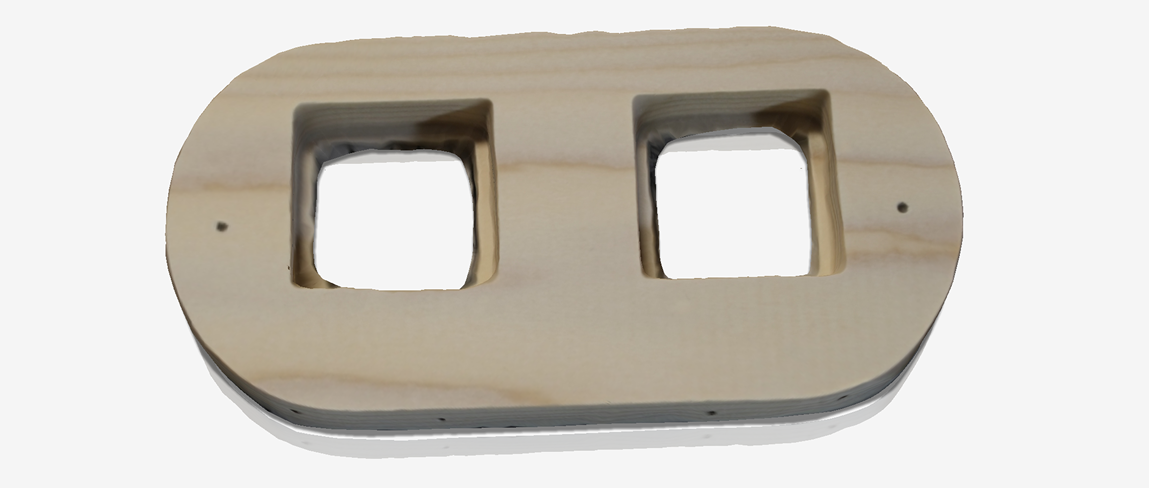
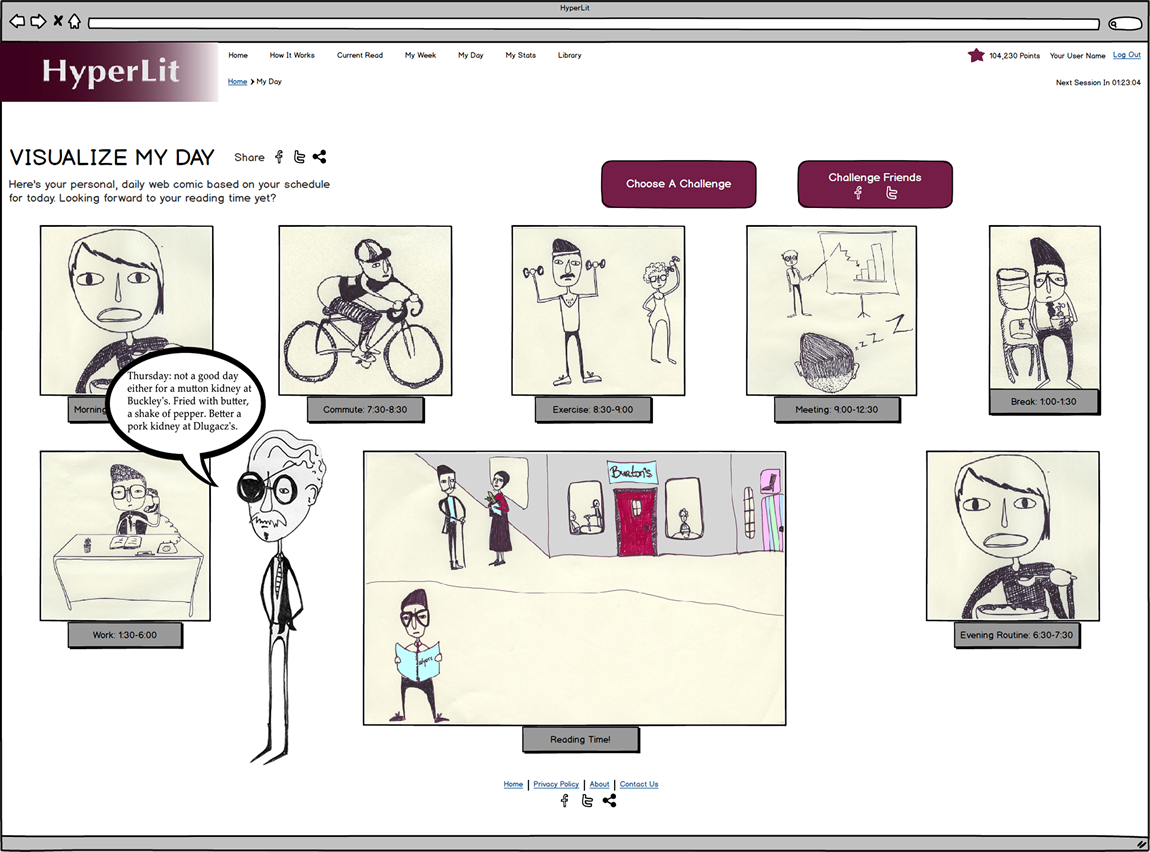
Pingback: Maker Lab in the Humanities » University of Victoria » MLab Team at Congress 2013()
Pingback: The Long Now of Ulysses: Curating Literature after the Internet | roundhousepoetrycircle()
Pingback: Maker Lab in the Humanities » University of Victoria » Announcing the Praxis Award Winners()
Pingback: Electronic Textual Cultures Laboratory » Winners of the 2012-13 “Digital Humanities Praxis Innovation Award”()
Pingback: Maker Lab in the Humanities » University of Victoria » The Maker Lab after Two Years()
Pingback: Makerspaces in Academia | MakerBridge()